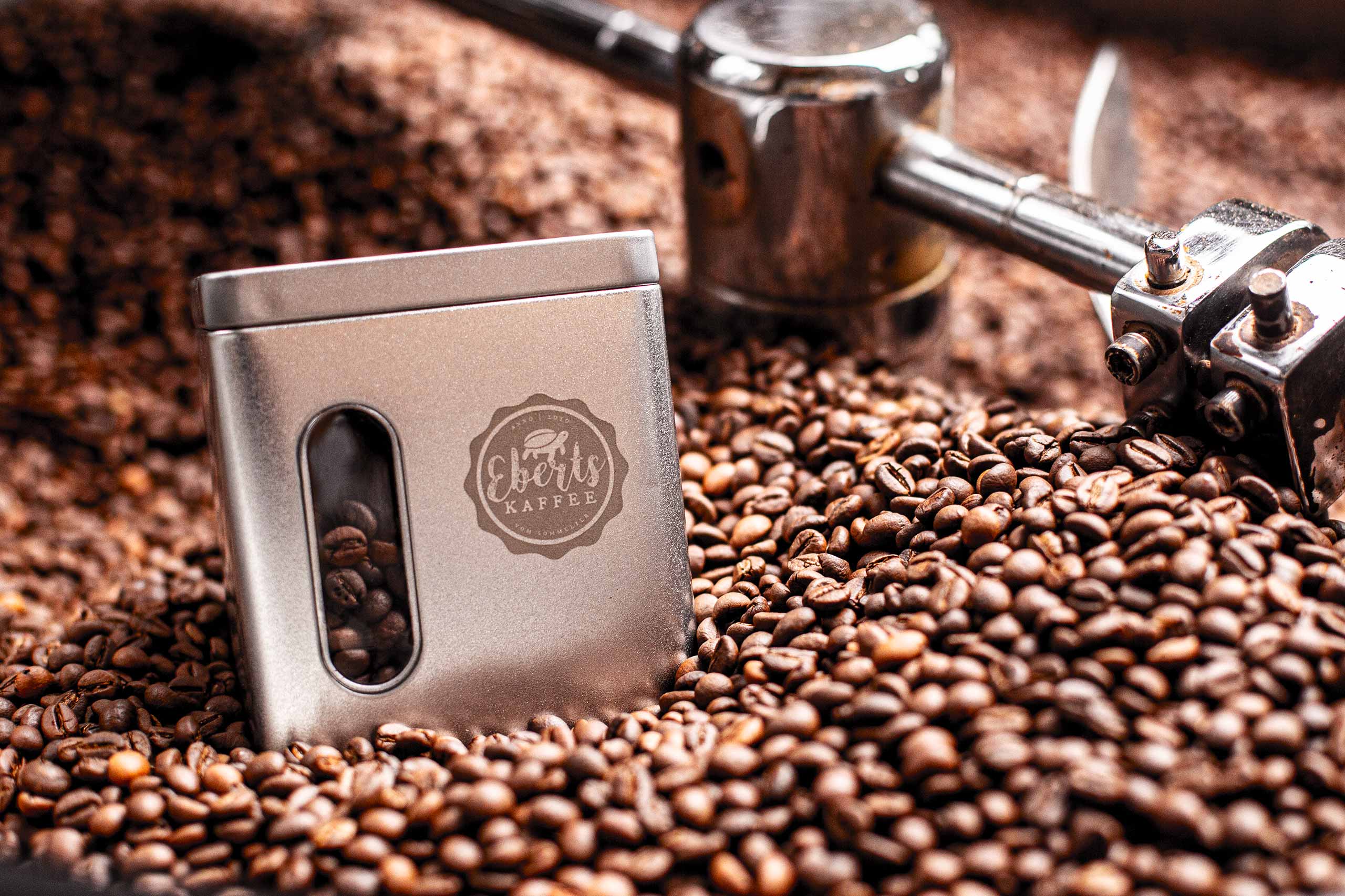FOOD SAFETY OF TINPLATE CANS: PROTECTION AND RELIABILITY FOR OUR FOOD
Food safety is of great importance to ensure that the products we consume are of the highest quality and do not harm us. Tinplate boxes play an important role in the packaging of food. They provide reliable protection against contamination and help to extend the durability of food. In this blog post, we will examine the safety standards and regulations associated with tinplate boxes for food packaging and how to ensure that the boxes meet hygiene requirements.
1
MATERIALS AND COATINGS
Tinplate boxes are usually made of sheet steel with a special coating to minimize the interaction between the food and the metal. These coatings protect against rust formation and prevent metal particles from being deposited in the food. The materials and coatings used must be in compliance with legal regulations and safety standards.
The coatings for tinplate boxes often consist of organic compounds such as epoxy resins or polymers, which form a protective barrier between the metal and the food. These coatings must be harmless to health and comply with the legal requirements for food contact.
2
HYGIENIC PRODUCTION
The production of tinplate boxes for food requires strict hygienic standards. Production facilities must be clean and free from contamination to ensure that the cans are not contaminated during the manufacturing process. This includes measures such as regular cleaning, sanitizing and monitoring of the production environment.
Manufacturers also implement strict control procedures to ensure that the materials used are free from contaminants or impurities. This includes selecting suppliers that meet food safety standards and carrying out tests and analysis of the materials.
3
CLUSURE SYSTEMS
Another important aspect of the food safety of tinplate boxes are the closure systems. The boxes must be securely closed to prevent contamination from the outside and to preserve the freshness of the food. Manufacturers use various closure mechanisms, such as lids with pressure closures, hinged lids or screw caps. These closure systems must function reliably and seal the contents of the box securely.
To ensure the effectiveness of the closure systems, manufacturers and packaging companies subject the cans to extensive tests. These include, for example, pressure and leak tests to ensure that the cans meet the required standards. In addition, random checks are also carried out during the production process to ensure the quality and safety of the closure systems.
4
legal regulations and tests
In many countries, there are specific legal regulations and guidelines for the food safety of packaging materials such as tinplate boxes. Government authorities and food control organizations monitor compliance with these regulations and carry out regular inspections and tests. Aspects such as materials, coatings, closure systems and hygiene in production have to be checked.
The regulations can vary from country to country, but they are usually developed in collaboration with the food industry and packaging manufacturers to ensure that food safety is guaranteed. These regulations set maximum levels for contaminants in packaging materials and set specific requirements for materials, coatings and closure systems.
5
quality control
Tinplate box manufacturers have implemented strict quality control procedures to ensure that their products meet the highest standards. This includes testing for material integrity, coating quality, closure systems and can tightness. In addition, regular audits and inspections are carried out to ensure that production processes conform to the prescribed standards.
Quality control also extends to the entire supply chain, including the raw materials and packaging materials used to manufacture the tinplate cans. These controls ensure that only products of high quality and food safety reach the market.
Summary
The food safety of tinplate boxes plays a significant role in protecting our food from contamination and spoilage. By following strict safety standards and regulations, using appropriate materials and coatings, hygienic production processes, reliable closure systems and comprehensive quality control, manufacturers ensure that tinplate cans meet the highest food safety standards.
Consumers can rely on tinplate cans as a safe and reliable packaging option that helps to ensure the quality and shelf life of food. It is important that consumers pay attention to the quality and safety of packaging and only buy products that fulfill the relevant regulations and standards. Together we can ensure that our food is protected and safe, from the producer to our dinner table.

